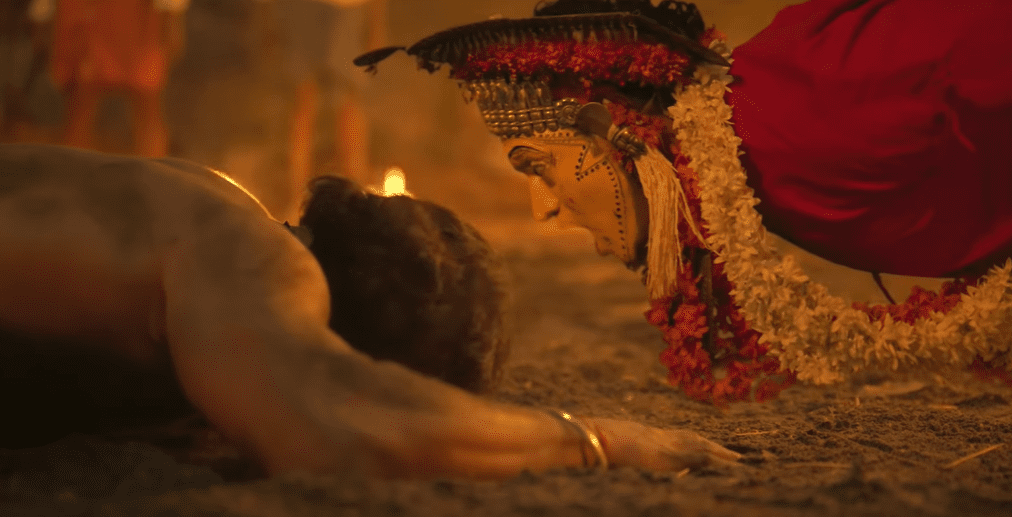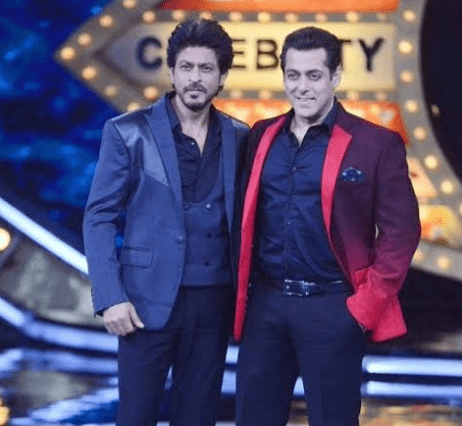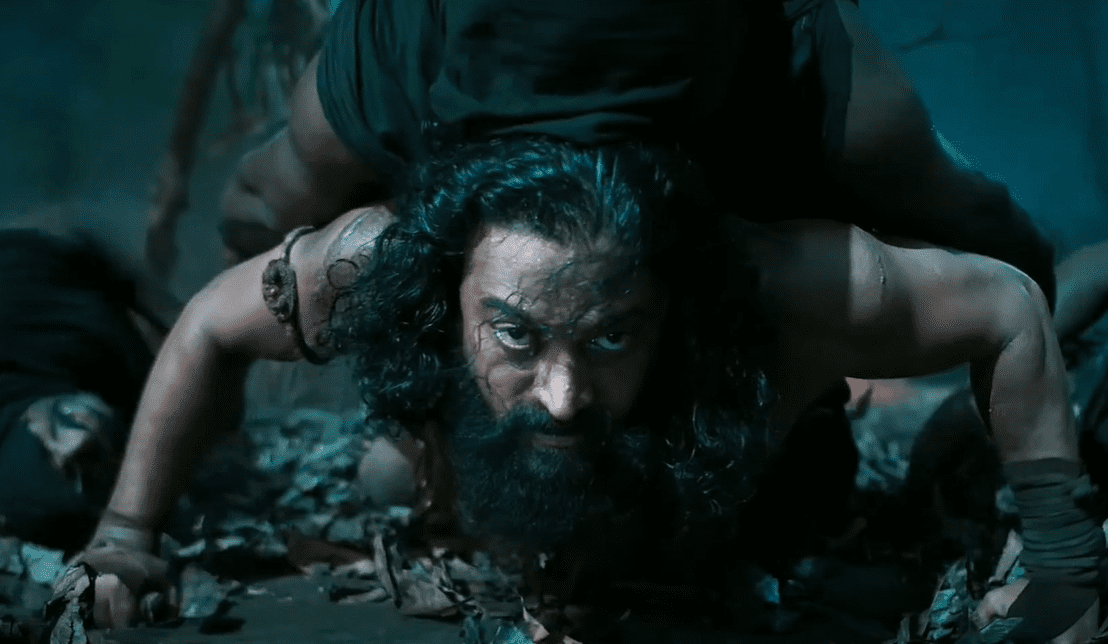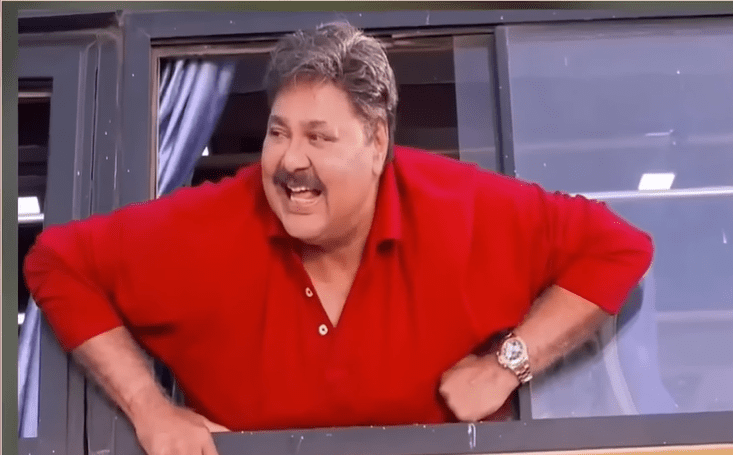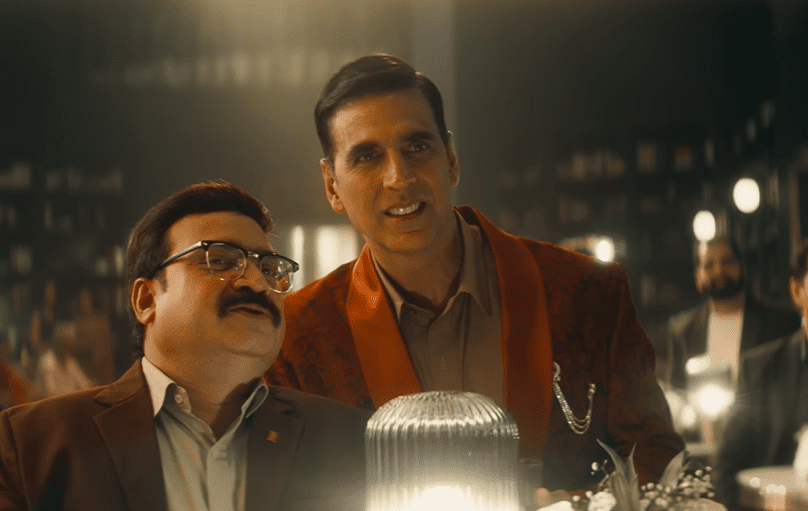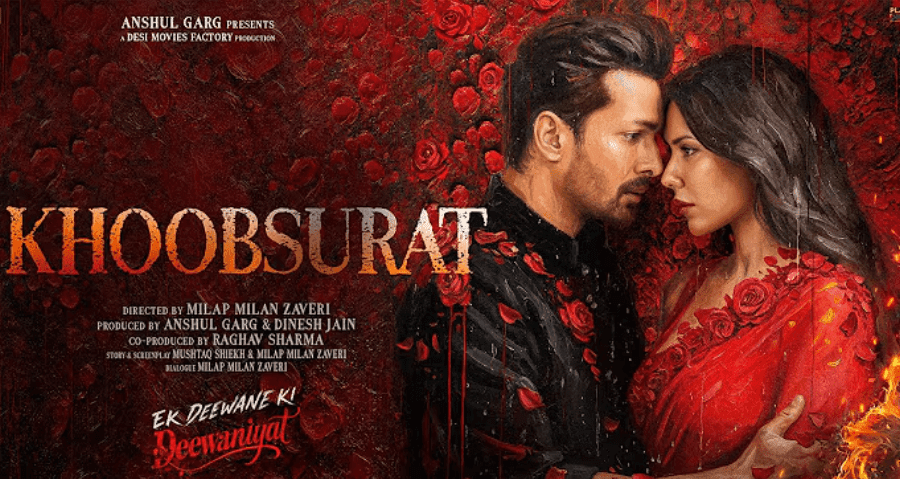

Introduction
Within the extensive repertoire of Indian romantic cinema, Ek Deewane Ki Deewaniyat emerges as a profound psychological and aesthetic inquiry into the extremes of love and obsession. Anchored by the riveting performance of Harshvardhan Rane, the film transcends conventional romantic narratives to interrogate the destructive allure of unrestrained emotion. This paper examines the film’s narrative structure, visual style, and critical reception, situating Rane’s performance within the evolving discourse of cinematic psychodrama.
Contextual Framework and Thematic Positioning
Positioned within the contemporary tradition of Hindi romantic drama, Ek Deewane Ki Deewaniyat reconfigures established tropes of idealized affection through its portrayal of psychological disarray. The title—translated as “The Madness of a Lover”—serves as both a thematic summation and a narrative compass, directing viewers toward the interstices of love, obsession, and identity dissolution. Directed by a visionary auteur, the film combines poetic cinematography with an incisive study of emotional dependency and existential unraveling.
Narrative Architecture: Love’s Descent into Obsession
At the core of the story lies Arjun (Harshvardhan Rane), a passionate artist whose encounter with Meera, a woman of spontaneous charm, triggers a metamorphosis that oscillates between creation and self-destruction. Their romance, initially imbued with creative energy, devolves into a claustrophobic fixation. The screenplay delineates this decline through subtle tonal shifts and evocative symbolism, illustrating how the fervor of love can mutate into an all-consuming pathology.
De De Pyaar De 2 Trailer: Ajay Devgn Returns in a Rom-Com That Rekindles the Magic
Harshvardhan Rane: Embodying Emotional Disintegration
Rane’s performance is both visceral and meticulously restrained—a study in emotional precision. Known for his work in Sanam Teri Kasam and Taish, Rane’s portrayal in Ek Deewane Ki Deewaniyat transcends mere characterization to achieve psychological embodiment. His nuanced control of gesture, silence, and expression reveals a performer deeply attuned to the cinematic articulation of internal collapse. It is this fusion of empathy and intensity that elevates the film beyond melodrama.
Character Dynamics and Relational Complexity
The interplay between Arjun and Meera animates the film’s emotional landscape. Their evolving relationship—alternating between tenderness, volatility, and despair—exposes the inherent instability of obsessive love. The absence of romantic idealization enhances the film’s authenticity, while their on-screen chemistry sustains a tension that is both alluring and unsettling.
Supporting Characters and Psychological Context
The supporting cast functions as a moral and emotional scaffolding for Arjun’s decline. Each secondary character provides a reflective counterpoint, situating his descent within broader cultural and relational frameworks. These interactions lend the narrative a layered realism, grounding the protagonist’s madness in social and emotional context.
Directorial Craft and Structural Composition
The director’s vision is both disciplined and daring. Employing a classical three-act structure—emergence, dissolution, and catharsis—the film achieves a rare synthesis of narrative precision and affective power. Its deliberate pacing invites spectators to inhabit Arjun’s deteriorating psyche, fostering empathy without indulgence. This structural rigor underlines the film’s tragic architecture.
Cinematography and Symbolic Design
Visually, the film demonstrates an advanced understanding of color psychology and spatial composition. Warm, saturated tones signal passion’s vitality, while muted grays and deep shadows mirror Arjun’s internal decay. The camera often lingers on close-up frames, transforming Rane’s expressions into visual texts that decode the anatomy of obsession.
Musical Semantics and Emotional Texture
The film’s sonic landscape operates as both narrative commentary and emotional extension. The score’s oscillation between ethereal melodies and mournful strings encapsulates the dialectic of desire and despair. The recurrent motif, “Dil Ki Deewaniyat,” functions as an aural leitmotif—an echo of Arjun’s cyclical descent into passion and loss.
Critical and Popular Reception
Upon release, Ek Deewane Ki Deewaniyat elicited divergent responses. While some critics praised its visual lyricism and Rane’s transformative performance, others questioned its pacing and abstraction. Despite this ambivalence, the film cultivated a dedicated online following, evolving into a cult exemplar of romantic-psychological cinema.
Commercial Footprint and Cultural Capital
Economically, the film achieved moderate success, grossing approximately ₹10 crores in its opening week—driven largely by digital engagement and word-of-mouth advocacy. Its financial trajectory underscores the viability of introspective storytelling within India’s competitive cinematic landscape.
Comparative Framework: Rane’s Artistic Evolution
In contrast to his earlier roles in Sanam Teri Kasam and Paltan, Rane’s portrayal here reflects a synthesis of method acting and emotional transparency. This performance positions him within the lineage of Indian tragic romantics while asserting his individual artistry through psychological depth and formal discipline.
Philosophical and Cultural Implications
Beyond its surface narrative, the film interrogates the philosophical underpinnings of passion as both creative force and destructive impulse. For scholars of film psychology and aesthetics, Ek Deewane Ki Deewaniyat serves as a compelling text on the dialectics of eros and thanatos within the modern cinematic imagination.
Conclusion
Ultimately, Ek Deewane Ki Deewaniyat stands as a meditation on the existential costs of desire unrestrained. Through its intricate character study, refined cinematography, and profound emotional resonance, the film reaffirms Harshvardhan Rane’s stature as one of contemporary Indian cinema’s most introspective performers. It endures not only as a work of art but as a lens through which love’s perilous beauty is both examined and immortalized.
